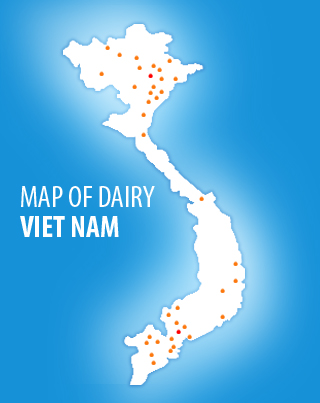The solution for medium and large scale farms
Automatic Monitoring Of Dairy Cattle

A new report from Aarhus University focuses on the use of automatic monitoring of cattle behaviour in the context of animal welfare and production. In a modern production system where a stockperson is responsible for monitoring a large number of livestock, the time available for each individual animal is minimal. It is therefore important to develop automatic monitoring systems.

Automatic monitoring of animal behaviour is used in several contexts. Recordings of whether a cow is lying down, standing up, or walking, and whether she is eating or ruminating can give an indication of her state of health, the imminence of calving and whether she is in heat. Likewise for calves, the automatic recording of feeding behaviour and activity can identify health problems.
Changes in behaviour are often the first sign of disease. The automatic recording of behaviour has the huge benefit of being able to identify animals requiring treatment or separate housing. New research shows that automatic recording of changes in behaviour in cows and calves is a very useful potential tool for the early identification of animals with production diseases. Lameness in cows is an area of particular interest, but a number of other production diseases can also be linked to changes in resting and eating behaviour. In calves the focus has been on diarrhoea and respiratory infections.
The identification of cows in heat using the automatic monitoring system is fairly standard practice on Danish cattle farms and there are a number of automated methods on the market for facilitating and managing the identification of cows in heat. New versions of measuring activity that also include the resting behaviour will help to improve the results.
Automatic recording of cattle behaviour in the pasture, including the time spent grazing and grass intake can reduce production costs and increase the amount of fresh grass in the feed ration.





















